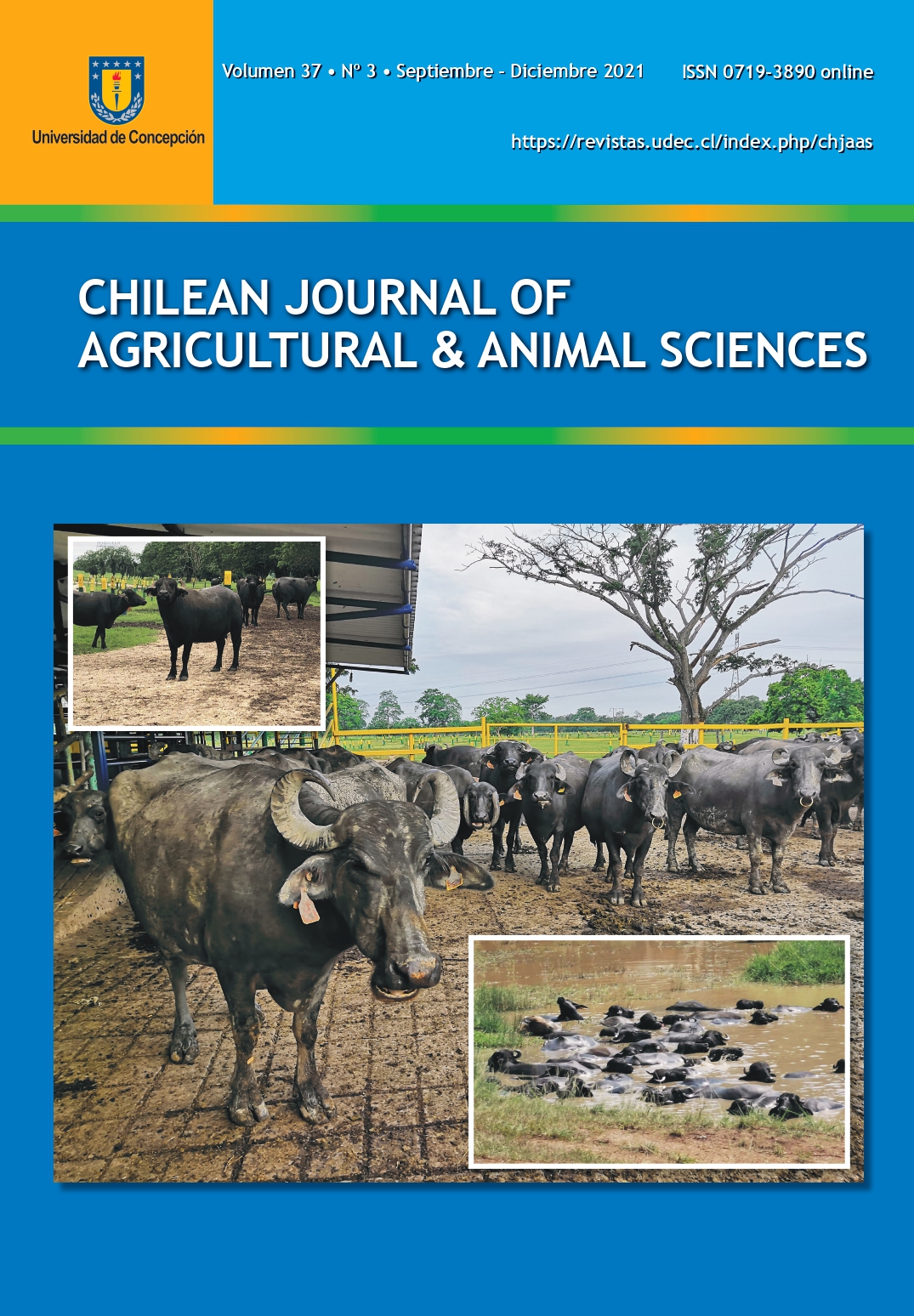APPLICATION OF MULTIVARIATE ANALYSIS TO DIFFERENTIATE THE HARARGHE HIGHLAND GOAT POPULATIONS REARED IN WEST HARARGHE ZONE, ETHIOPIA
Takele et al. Multivariate analysis to differentiate the Hararghe highland goat populations
DOI:
https://doi.org/10.29393/CHJAAS37-23AMAM30023Keywords:
Agroecology, discriminant analysis, cluster analysis, morphometric traitsAbstract
Multivariate analysis of morphological variables has been successfully used to estimate the genetic variation within and between local breeds. The objective of the study was to differentiate the Hararghe highland goat populations based on their morphometric traits by applying multivariate analysis. Sixteen morphometric traits were collected from 450 goats reared in three agro-ecological zones of the West Hararghe zone. Multivariate canonical discriminant analysis in combination with cluster and discriminant analysis was applied to identify the combination of variables that differentiate the three agroecology goats. Results indicated that all the morphometric traits were significantly affected by age. The cluster analysis indicated that two main groups in which the midland agroecology goats were included in one group while group two included the highland and lowland agroecology goats under one sub-cluster. The canonical discriminant analysis identified two canonical variables (CAN) of which CAN1 and CAN2 accounted for 68.2 and 31.8% of the total variation, respectively. The quadratic discriminant analysis correctly assigned the respective 71.3, 77.3, and 81.3% of the lowland, midland, and highland agroecology goat populations into their source populations with an overall 76.7% of accuracy rate. The Mahalanobis distance verified that the lowland and highland agroecology goats are the closest while the midland and highland agroecology goats were the furthest. However, the canonical discriminant analysis indicated a visible overlapping between the three goat populations indicating the existence of homogeneity among them. In conclusion, multivariate analysis identified 11 morphometric traits as the most imperative traits to differentiate the Hararghe highland goat populations effectively.
Downloads
Published
How to Cite
Issue
Section
Copyright (c) 2021 Universidad de Concepción

This work is licensed under a Creative Commons Attribution 4.0 International License.







